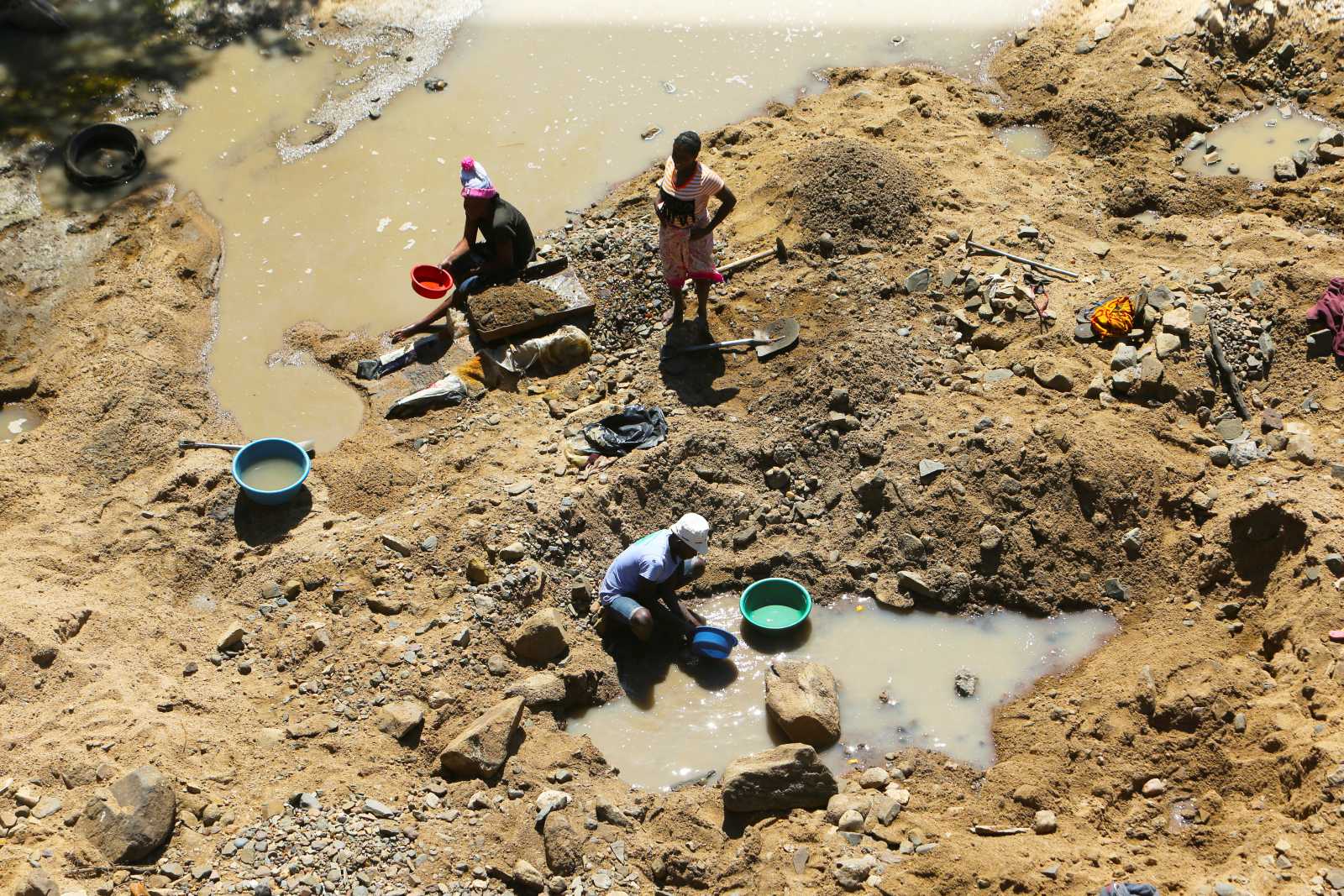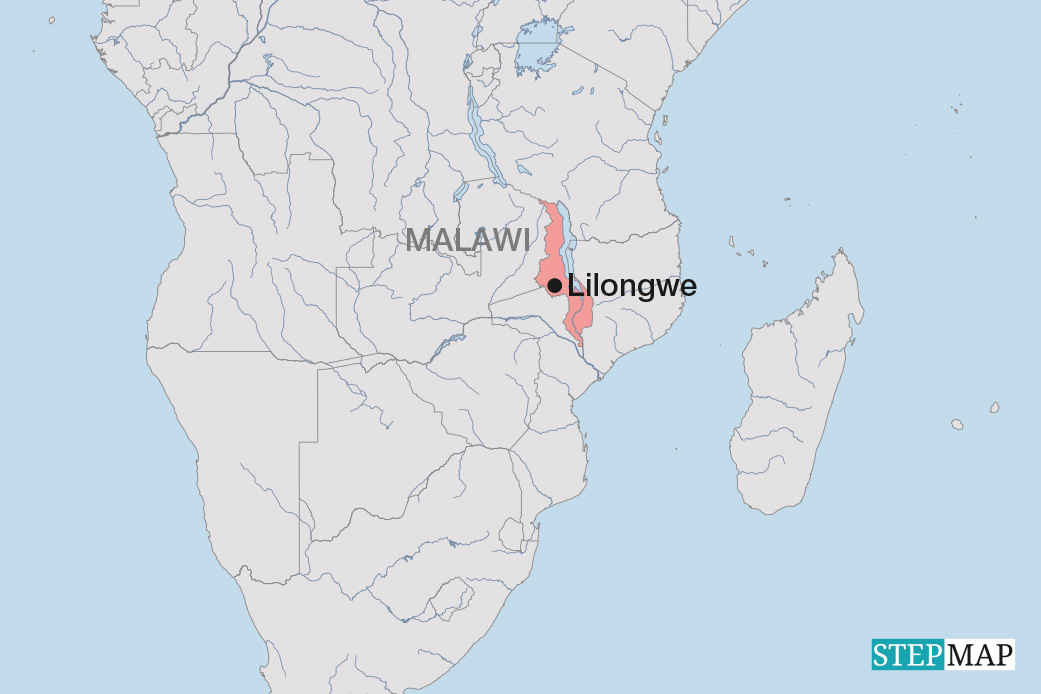Debt sustainability
Buying time

On the last day of August, Argentina reached a deal with private creditors to restructure almost all of the $ 65 billion that it owes them. The deal ended Argentina’s ninth default on its sovereign debt.
President Alberto Fernández, who belongs to the centre-left Peronist party, now has an opportunity to reform economic affairs in his country. His centre-right predecessor Mauricio Macri had tried to do so, but his more orthodox approach failed. The saga of recurring financial crises in Argentina is long and has often seemed never-ending (see Jorge Saborido in focus section of D+C/E+Z e-Paper 2018/08). Argentina definitely needs to fundamentally change its economy to end the cycle of borrowing, defaulting and restructuring.
In the August deal, private creditors such as global asset managers BlackRock and Fidelity agreed to extend the maturity dates of Argentinian sovereign bonds, and to accept lower interest rates on newly issued bonds. The average interest rate was cut from seven percent to around three percent. The deal, spearheaded by Economy Minister Martín Guzmán, means that Argentina will experience a $ 38 billion debt relief through lower interest payments by 2030.
One notable aspect of this deal is that private creditors did not require a prior agreement between Argentina and the IMF. Nor did they demand a thorough audit of Argentina’s accounts.
Even more noteworthy is that private creditors did not insist that Argentina adopt specific reforms to ensure its return to sustainable growth. Instead, they accepted Argentina’s offer of a general framework of economic guidelines. Argentina did not make any specific policy commitments, nor did it set any specific economic targets.
In an interview with the Financial Times, President Fernández said he does not believe in precise economic targets and plans. And in a document titled “Debt Sustainability Guidelines” – which he presented during the negotiations – Minister Guzmán relied on economic projections which the Coronavirus pandemic have already rendered unrealistic.
Indeed, the pandemic’s economic impact was not even a factor in the talks. Negotiators on both sides treated the pandemic as a temporary income shock with no adverse long-term consequences. In the negotiations, Argentina kept raising the amount it offered to repay, until an offer was finally acceptable to bondholders. The irony is that the pandemic does make economic recovery harder to achieve – and it is needed for repayment to be possible.
Does this mean that creditors were unusually generous? Under these new more feasible terms, Argentina has significantly more chances to be able to service its debt. Creditors expect to benefit through the deal by a rapid appreciation of the country’s new bonds market prices.
Argentina will now try to refinance the $ 45 billion debt it owes to the International Monetary Fund, its largest single creditor. Talks are expected to last six months and to focus on loans maturing between 2021 and 2024.
With the private debt deal in hand, Argentina has escaped a liquidity crunch. But as negotiations with the IMF get under way, the going will get tougher. Argentina will be asked to prove that it is on course to meet its obligations in future. That, in turn, will require Argentina to use credible economic data and to show it has a solid plan for recovery. It must prove, in short, that it will wisely use the extra time it has gained through restructuring deals.
Escaping stagflation
That rebuilding task will be formidable. Argentina’s economy is in tatters. Its gross domestic product (GDP) in 2020 will be about the same as it was in 2008, which means that per-capita GDP has actually shrunk more than 12 %. Inflation is around 40 % despite a tangle of controls on prices and utility rates. Covid-19 has devastated the private economy, forcing increased public spending (and deficits) and raising poverty rates from 35.5 % to up to an expected 45 % of the population.
Moreover, the economy is relatively closed, with minimal imports due to the pandemic. Despite restrictions aimed at slowing capital flight and the restructuring deals, the country is still losing hard-currency reserves. The free-floating, unofficial exchange rate differs by 70-80 % from the official one, which follows a dollar crawling peg. Further devaluations should be expected, and they will exacerbate inflation.
The government is well aware that it must make changes to attract capital from abroad – which it needs to restart its stagnating economy. Proof is that the risk premium on Argentina’s new bonds remains ten percentage points above the US Treasury bonds rates. In its upcoming negotiations with the IMF, Argentina will have to present – among other things – a credible plan to fight stagflation, a condition of high inflation, high unemployment and no growth.
So far, Argentina has pledged to build its export industries as a way to boost growth. Partly in response to currency devaluations, which make imports more expensive and exports cheaper, partly because of recession, Argentina currently has an $ 18 billion trade surplus. However, the government has been undermining its own strategy by imposing high export taxes on agricultural products. Agriculture is Argentina’s most competitive sector. A soybean producer, for example, pays a 33 % tax on exports. Restoring sustainable growth will require changing such policies.
Another necessary reform is to shrink the public sector. After the turn of the millennium, commodity prices boomed, permitting an over-expansion of the public sector. The commodity bonanza ended in 2011, but the public sector became even more bloated. Since January 2012, the private-sector workforce fell by 3.9 % while the public-sector workforce grew by 25.9 %. It is a burden on the economy. Moreover, fiscal accounts must become better balanced. The government’s primary deficit (fiscal deficit excluding interest payments) targeted at 4.5 % of GDP for 2021 – much more than the 0.5 % to 0.9 % projected during talks with private creditors. Keep in mind that primary surpluses are needed to keep debt in a stable path.
Political challenges
Argentina can now start a reform process with a few points in its favour. When Argentinians’ investments abroad are counted, Argentina is actually a global net creditor, with $ 121 billion in financial assets as of March 2020. Argentina’s private international investments abroad are 57 % higher (at market value) than the amount the country owes foreign creditors.
Moreover, although government debt carries a hefty risk premium, private corporations can borrow affordably. Lenders appreciate that the vast majority of them pay their debts on time. And there are many examples of successful entrepreneurship in Argentina. For example, Argentina is home to Latin America’s most dynamic and valuable company – Mercado Libre, an e-commerce giant. However, Marcos Galperin, its founder, moved to Uruguay when the government changed after the presidential election last year.
On the other hand, political polarisation is making reform more difficult. Argentina’s debt situation was already bad, but it became untenable the day after primary elections in August 2019 showed that Fernández would win the October election. As soon as the election results were announced, the peso lost a third of its value, listed companies lost half their capitalisation, and the risk premium on Argentine bonds soared from 8 % to 14 % as bond buyers demanded compensation for increased risk.
Since taking office, the government has on some occasions undermined the confidence of investors and lenders. One such move was its failed attempt to take over Vicentin, a bankrupt soybean processing company. Another was its designation of several telecoms companies as public utilities, aimed at regulating prices. The government is trying to increase the number of appointed judges and prosecutors and is attempting to remove judges handling corruption cases involving Vice President Cristina Fernández de Kirchner, who is a former Peronist president herself, but unrelated to Alberto Fernández.
Such manoeuvring creates controversy at a time when the country needs consensus around a shared strategy. To attract fresh investment, Argentina must build confidence, both at home and abroad. The government cannot afford to alienate voters and investors by undermining the independence of the judiciary and generally weakening governance.
Argentina needs to grow again, supported essentially by its own resources and with its fiscal accounts in order. It will not do so without sacrifice, but neither is sacrifice alone sufficient. Leaders should restore confidence by providing a roadmap and a vision for the future. The absence of such a vision – not its foreign debt – is Argentina’s greatest weakness.
José Siaba Serrate is an economist at the University of Buenos Aires and at the University of the Centre for Macroeconomic Study (UCEMA), a private university in Buenos Aires. He is also a member of the Argentine Council for International Relations (CARI).
josesiaba@hotmail.com








